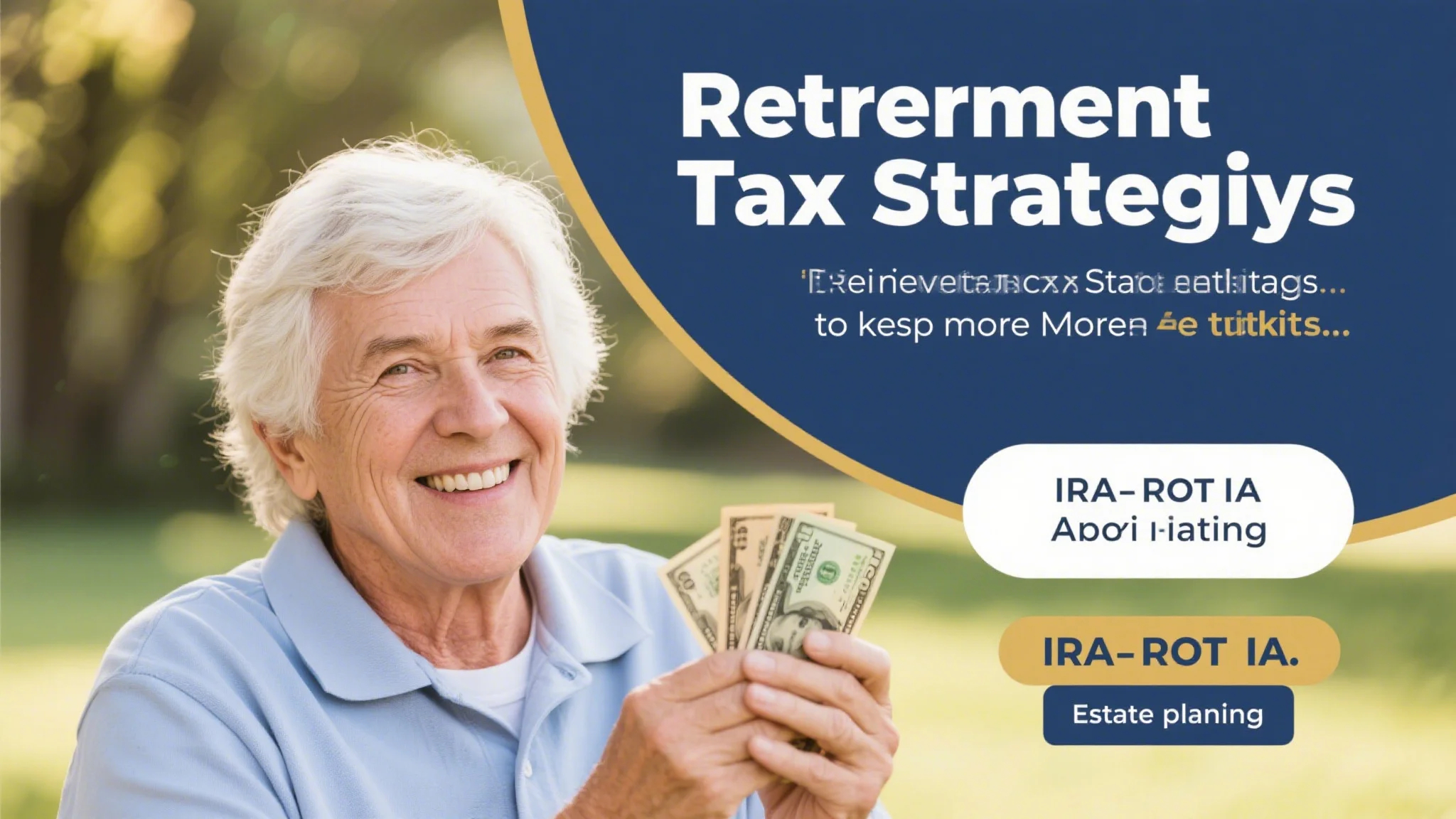
Early Retirement Planning: How to Retire by 50
The Early Retirement Mindset
Successful early retirement planning requires a fundamental shift in financial thinking. Unlike traditional retirement at 65, retiring by 50 demands extreme savings rates, often 50-70% of income, and meticulous attention to spending habits. The FIRE (Financial Independence, Retire Early) movement has popularized this approach, emphasizing frugality, smart investing, and creating multiple income streams. Early retirees must account for longer retirement periods, potentially 40-50 years, requiring more conservative withdrawal strategies than the standard 4% rule.
Building the necessary nest egg involves calculating your “FIRE number” – typically 25-30 times your annual expenses. This calculation stems from the 4% rule inverse (100 ÷ 4 = 25). However, early retirees often use 3-3.5% withdrawal rates for added safety. Healthcare costs before Medicare eligibility at 65 represent one of the biggest challenges, making Health Savings Accounts (HSAs) particularly valuable for their triple tax advantages when paired with high-deductible health plans during working years.
Optimizing Retirement Savings Vehicles
Choosing the best retirement savings plans is critical for early retirement success. Maxing out tax-advantaged accounts like 401(k)s and IRAs should be priority one, even though early withdrawals before age 59½ normally incur penalties. The IRS Rule 72(t) allows penalty-free access to retirement funds through Substantially Equal Periodic Payments (SEPP), though these distributions must continue for five years or until age 59½, whichever is longer.
Roth IRAs offer unique advantages for early retirees since contributions (not earnings) can be withdrawn anytime without penalty. The Roth conversion ladder strategy involves systematically converting traditional retirement funds to Roth accounts during low-income years, then waiting five years before accessing each conversion penalty-free. Taxable brokerage accounts provide complete liquidity and are essential for bridging the gap between early retirement and when retirement accounts become accessible.

Strategic 401(k) Management
Proper 401k investment advice for early retirees emphasizes aggressive growth during accumulation years followed by careful transition to more stable assets as retirement approaches. Younger savers should allocate 80-90% to stocks, taking advantage of decades of compounding. Index funds with ultra-low expense ratios are ideal for long-term growth, avoiding the drag of high fees that can consume significant portions of returns over time.
As early retirement nears, a “bond tent” strategy can help mitigate sequence-of-returns risk – temporarily increasing bond allocations to 40-60% around retirement date, then gradually reducing as the portfolio recovers from early market downturns. After leaving employment, rolling old 401(k)s into IRAs often provides better investment options and flexibility for implementing Roth conversion strategies. Some employer plans allow after-tax contributions beyond the standard limit, enabling “mega backdoor” Roth conversions that can significantly boost tax-free retirement savings.
Tax Efficiency Strategies
Mastering retirement tax strategies is essential for early retirees. The years between leaving work and taking Social Security or pension payments often create low-income windows ideal for Roth conversions. These conversions not only create future tax-free income but also reduce Required Minimum Distributions (RMDs) later in life. Careful management of taxable income can qualify early retirees for Affordable Care Act subsidies, significantly reducing healthcare costs before Medicare eligibility.
Tax gain harvesting in taxable accounts during low-income years allows resetting cost bases at 0% capital gains rates. The standard deduction provides additional tax-free space each year that can be filled with Roth conversions or capital gains realization. Geographic arbitrage – living in states with no income tax during high-conversion years – can further enhance tax efficiency. Keeping ordinary income below certain thresholds prevents triggering taxation of Social Security benefits and higher Medicare premiums in later years.
Healthcare Before Medicare
Comprehensive retirement healthcare planning is perhaps the most challenging aspect of early retirement. COBRA provides temporary continuation of employer coverage (up to 18 months), while ACA marketplaces offer longer-term solutions. Managing Modified Adjusted Gross Income (MAGI) becomes crucial for qualifying for premium tax credits that can reduce monthly insurance costs by hundreds or thousands of dollars.
Health Share Ministries provide lower-cost alternatives to traditional insurance for some, though they don’t guarantee payment of claims. Medical tourism for major procedures can offer quality care at fractions of U.S. prices. HSAs are the ultimate retirement healthcare accounts – contributions are tax-deductible, growth is tax-free, and withdrawals for qualified medical expenses avoid taxes altogether. After age 65, HSA funds can be used for any purpose without penalty (though non-medical withdrawals are taxable as income).
Creating Multiple Income Streams
Sustainable early retirement often involves developing passive income sources beyond traditional investments. Rental real estate can provide steady cash flow and tax advantages through depreciation. Dividend growth investing focuses on companies that consistently increase payouts, creating rising income streams that may outpace inflation over decades. Online businesses or side hustles can generate supplemental income without requiring full-time commitment.
Some early retirees pursue “barista FIRE” – working part-time primarily for employer health benefits and supplemental income rather than financial necessity. Others embrace geographic arbitrage, living in lower-cost areas domestically or abroad to stretch their nest eggs further. The key is maintaining flexibility – having multiple options to adjust spending or generate additional income as needed throughout what could be a half-century retirement.
Psychological Preparation
Beyond finances, early retirement requires significant psychological adjustment. Many early retirees struggle with loss of professional identity and purpose. Developing meaningful activities, relationships, and routines before leaving work helps smooth this transition. Some choose to frame their retirement as a “career break” or “sabbatical,” maintaining the option to return to paid work if desired or needed.
Regular portfolio reviews and withdrawal rate adjustments help maintain confidence during market downturns. Building a “cash cushion” of 1-2 years’ expenses provides peace of mind and prevents needing to sell investments during bear markets. Maintaining some connection to professional networks preserves options for consulting or part-time work. Ultimately, successful early retirement is as much about designing a fulfilling life as it is about financial preparation.
Legacy and Estate Considerations
Early retirees must consider how their financial plans affect heirs and charitable intentions. Roth accounts are particularly valuable for legacy planning since beneficiaries inherit them tax-free. Trusts can provide control over asset distribution but require careful tax planning. The SECURE Act eliminated the “stretch IRA” for most non-spouse beneficiaries, requiring inherited retirement accounts to be emptied within ten years.
Life insurance becomes more complex for early retirees, as employer-provided coverage typically ends with employment. Term policies may still make sense for those with dependents, while permanent insurance is rarely cost-effective. Charitable giving strategies like donor-advised funds allow bunching deductions in high-income years while maintaining flexibility in distribution timing. Regular estate plan reviews ensure documents reflect current laws and family circumstances.


